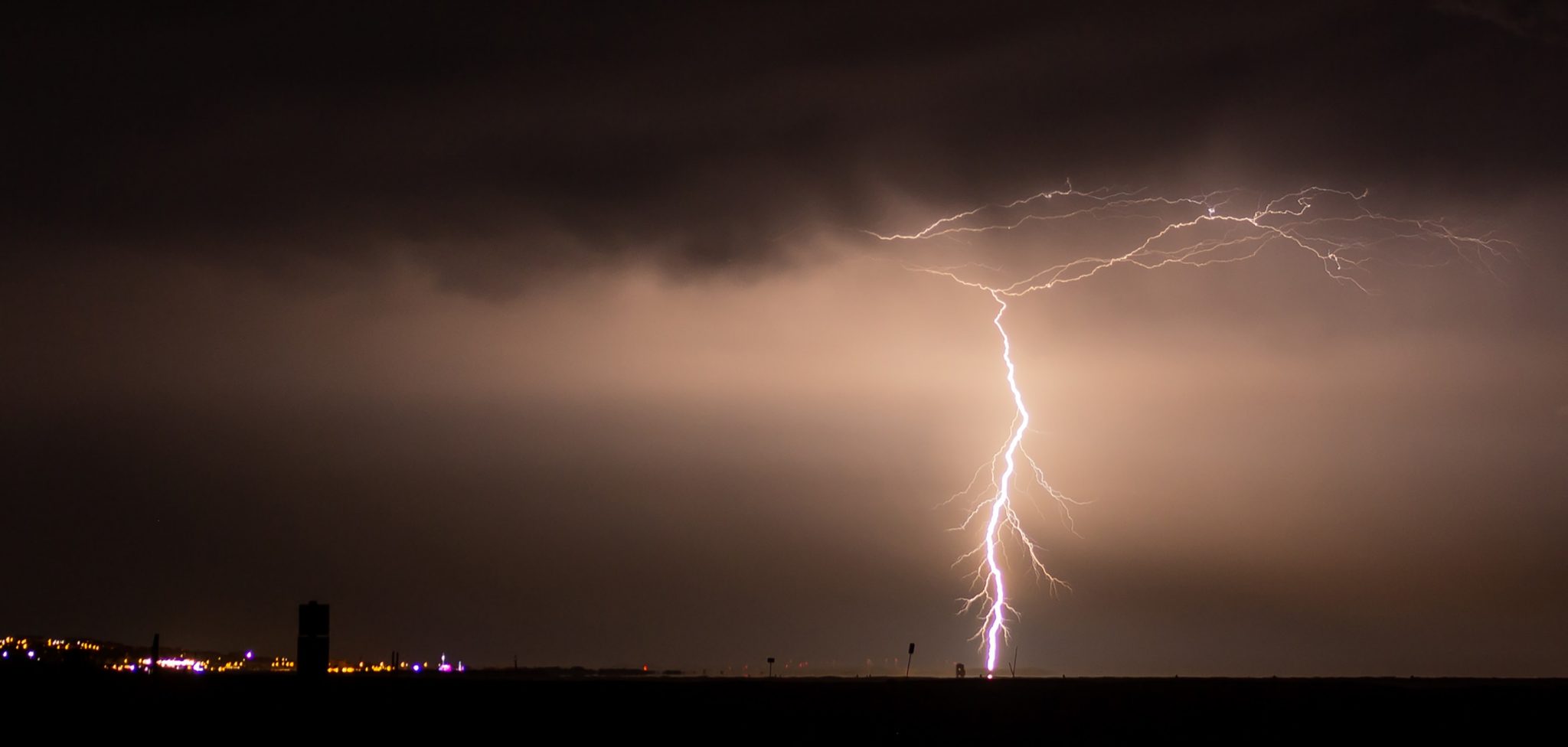In just the last three years, the damage from hurricanes has totaled more than $335 billion and devastated thousands of families, homes and businesses.
Flood maps built from National Weather Service data highlight the potential for devastation in Flash Flood Alley through South and Central Texas. Additionally, North Texas and Oklahoma have been referenced as Tornado Alley for decades.
2020 was record-breaking for all the wrong reasons, with wildfires raging across millions of acres and the National Hurricane Center’s list of official hurricane names completely used up for only the second time in history.
Those stats alone are enough to keep businesspeople awake at night. And the tough part is, there’s really nothing you can do about them.
At least there’s nothing you can do to prevent them from happening. As a business leader responsible for planning and mitigating the impact of disasters, you have the opportunity and the powerful responsibility to protect your business from the fiercest impacts of natural disasters.
Business can work ahead of natural disasters, building plans that mitigate the worst impacts for their organizations. No one can predict or change the weather, but what you can do is put plans in place to ensure the worst situations are managed as we approach disaster season.
Summer is the Most Common Season for Disasters
For small business owners, emergency management coordinators, operations directors and facilities managers, summer might be more commonly known as “disaster season.”
While disasters can strike at any time, several are more common and more frequent during summer, including:
- Hurricanes
- Tornadoes
- Drought
- Brush fires
- Floods
- Hailstorms
Other circumstances, like extreme heat, can also affect people’s wellbeing, impact the availability of power supply and increase the potential for disasters during the summer months.
Whether you’re leading a business or running its disaster response programs, now’s the time to ensure your organization is fully prepared and ready for whatever the season may bring.
How Worried Should Businesses Be?
We can’t do anything to prevent natural disasters from striking, but we do have the power to mitigate their impact, to manage them as they occur, and to improve the future resilience of our organizations.
Worrying won’t work, but proactive planning can help.
Businesses should create an emergency management coordinator role, a person who can develop proactive plans to mitigate the impact of disasters and to ensure everyone is working in alignment when a disaster does strike.
This role can be a freestanding position or can be appended to the job responsibilities of another professional in the facilities, operations, compliance, risk management or communications areas.
By having a point person to plan for disaster situations, your team can avoid putting energy towards worrying, and can instead use it to plan. Take time now to deal with weather-related challenges and ensure you have the resources and partnerships you need in place.
Instead of panicking at the last minute because your business loses power and you’re offline (and therefore not making sales), have a plan in place to partner with forward-thinking vendors and ensure access to the right resources at the right time.
The Department of Homeland Security offers preparedness guidelines for organizations facing a variety of disasters, including floods, tornadoes, hurricanes and wildfires. While different situations call for different levels of preparedness and planning, some commonalities exist.
Organizations can prepare for these events by taking some of the following steps:
Analyzing potential threats to your organization
Rank them by how likely they are to occur and the impact they might have on your building. A hurricane on the coast, for example, might have a low impact on your physical location if you work farther inland. However, if access to fuel is unavailable because of road blockages or damage to pipelines and refineries, your on-the-road teams may have trouble providing uninterrupted service to customers.
Securing contingent partnerships
When a natural disaster strikes, companies will be scrambling to find resources and keep their businesses running during a weather crisis.
Examples might include generators to provide electricity, clean up resources for areas damaged by water, and portable restroom facilities for areas where water outages prevent sanitation measures.
Building a Proactive Crisis Plan
Creating a written crisis plan that team members will use as a playbook when a natural disaster strikes. This guide should be stored electronically, and physical copies should be distributed as well.
It might include key contacts for each functional area of a business, examples of critical internal and external messaging, guidance on physical opening/closing protocols, and detailed action plans for each business unit.
Ensuring adequate resource availability
If your team members can’t make it into the office, will they have access to technology that enables them to continue working? If there’s a fuel or energy shortage, do you have resources to keep vehicles on the road or keep physical locations up and running?
Determine what’s feasible for your organization and prepare it in a safe location. Adequate technology resources might also include safely stored backups of critical information.
Offering opportunities to serve your customers
If you’re prepared for the potential of a natural disaster, you can spend less time getting your own resources in place and more time focused on helping others. For example, leading Texas grocer H-E-B was able to power up its stores with generators, then extend the partnership with its disaster relief provider (TDS) to provide mobile hygiene locations to thousands of displaced Texans.
Getting Your Organization on Board
What’s the most important step in building a plan to handle natural disasters? Ensuring your organizational leaders are aware of the potential for risk and, more critically, aware of the opportunities to mitigate the impact of a disaster on your business success.
If you’re the leader of your organization – a small business owner, a city manager, CEO, etc. – assigning value to natural disaster preparedness starts with you. If you’re a leader of a functional area, like a business operations director or a facilities manager, you can lead conversations that get your organization focused on preparing for disaster and mitigating risks.
Data abounds regarding the increase in weather-related disasters and the ever-rising costs of the destruction they leave in their wake. Productive conversations could start with a focus on the potential impact service delays could make to your organization’s reputation and bottom line, then lead into discussions on how a proactive plan enhances your organizational resilience.




